How to Squat for the Lazy EMT
Learning to Lift with my Legs
Several years ago, it dawned on me that, like most of those around me, I had acquired the bad habit of bending at the waist to access something on or near the ground. Worse still was the realization that when I tried to squat, I fell over while down or I had difficulty standing back up. I started to wonder how it was that sumo wrestlers could squat as easily as they do. Granted, sumo wrestlers are stronger than they look, but I also had seen pictures of thin, elderly persons squatting with ease. What was I doing wrong?
Wall Squats
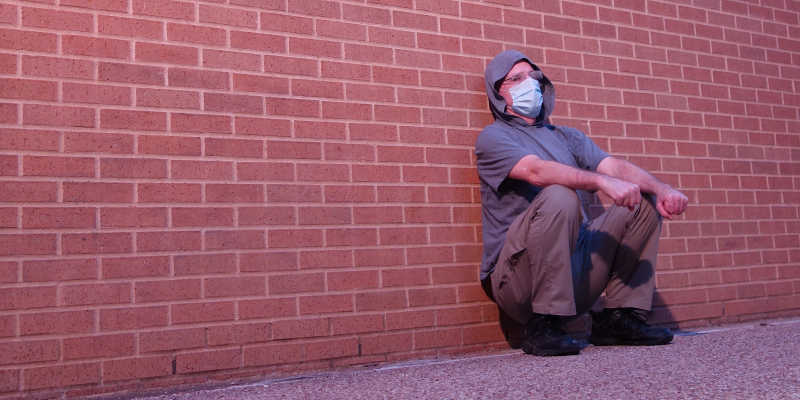
Although I am older than most EMTs, I have maintained my health and fitness on a higher than average level, so difficulty squatting should not have been a matter of strength. This left two related possibilities for the problem: flexibility and balance. I reasoned that if I could conquer the flexibility challenge, the balance part would take care of itself, so I determined to increase my squat flexibility by backing against a wall and stretching downward. I originally tried to do this for a couple minutes per day, but I lacked the discipline and life structure for making this boring habit a permanent part of my way of life.
Not one to give up, I decided to spend my weekly time at the laundromat squatting against an exterior front wall while I listening to mp3s. This brought notable success, but there were two problems. The first was that standing up after about 5 minutes of continuous squatting resulted in hypoxic syncope. I felt like I was playing the choking game. (A word of warning, this syncope has not diminished with increased flexibility.) The second was that the technique did not help my balance as much as needed. It also did little for developing or getting back the muscle strength and coordination that allowed standing up gracefully from a short squat.
Pull-up Squats
Sometime earlier, I had purchased a used doorway chin-up bar from a thrift store. After installing it, I found it was largely useless for what it was intended for, but in all fairness, this uselessness likely was a result of my own less-than-it-used-to-be upper body strength. Fortunately, I did never removed it, because it has been just what I need to simultaneously develop my flexibility, strength, and balance.
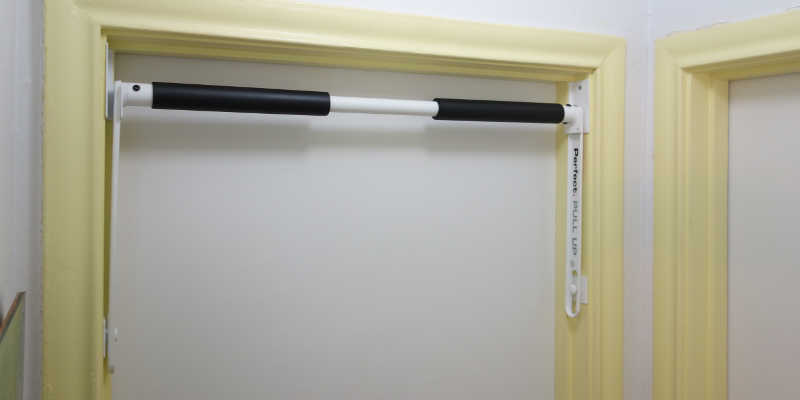
My original routine was to squat as low as possible while holding the bar for 2 set of 30 repetitions. (Thirty seems like a good number since the protocol for adult CPR is 30 chest compressions between breaths.) Holding the bar felt like cheating but actually worked well because the support allowed for deeper and smoother bends that would have been possible without having something to hold onto. I also did not work up sweat that would have required a shower.

I have since discovered that having developed my flexibility and balance, I no longer need to religiously maintain my pull-up squat routine. As long as I squat several times a day, which I typically do, my ability to squat is maintained. If I miss a few days, I simply run through some reps to get my ability back up.
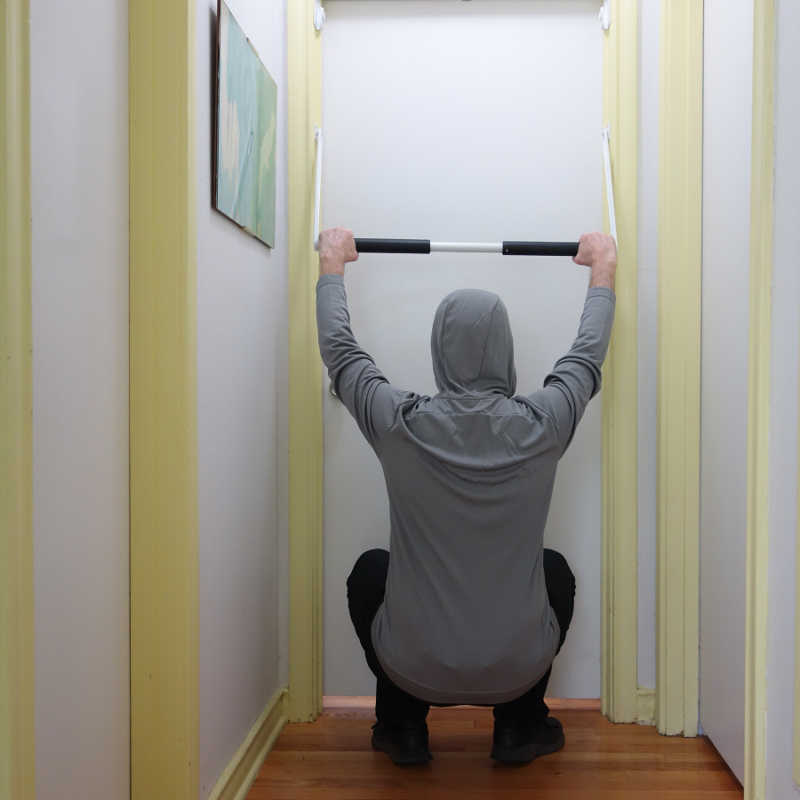
A similar exercise can be done without a chin-up bar by using a similar support. I have used a bedpost for the same purpose, but now avoid it since the constant movement wears down the connections in my bedframe.
The Passive Chair Stretch
Another technique I have learned help maintain my squatting ability is a passive chair stretch. This simply involves sitting in a chair and bending at the waist to stretch out my lower back muscles when they become tight.
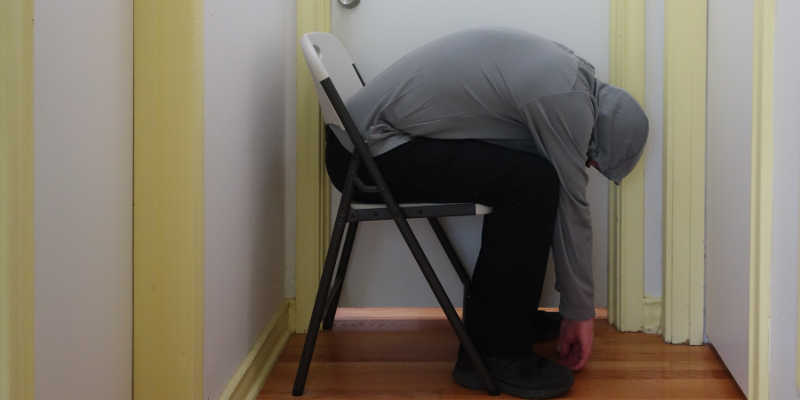
The Active Chair Stretch
If I am feeling particularly energetic, I will use a folding chair that has a bar across the bottom-front that can be used for leverage to get a fuller stretch.
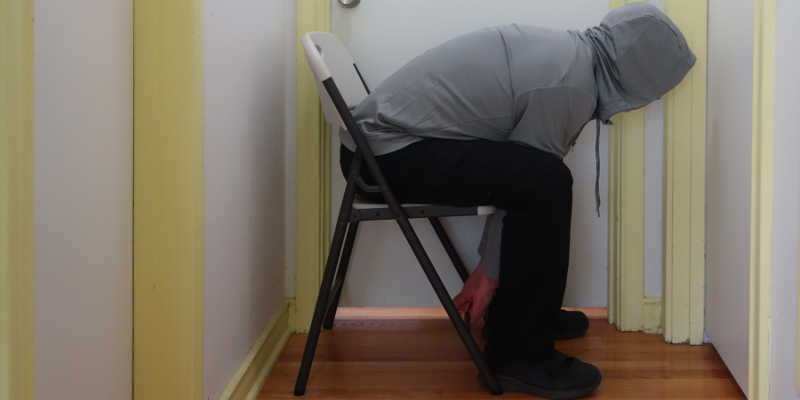
Application
Having seen many EMTs, it is safe to assume that my exact journey will not work for everyone, but it can point the waist-benders in the right direction. Other than the back-safety benefits of lifting with the legs in lieu of lifting with the back, squatting simply looks better. Someone bending at the waist tends to remind me of a drunk college student mooning his rivals shortly before falling on his face. This EMS "mooning" can be especially rude in tight spaces while passing wind.
(And as long as you do not pass wind while squatting, which will be unlikely if you practice,) lifting with you legs projects the strong, confident, and in-control image that patients and bystanders need.
